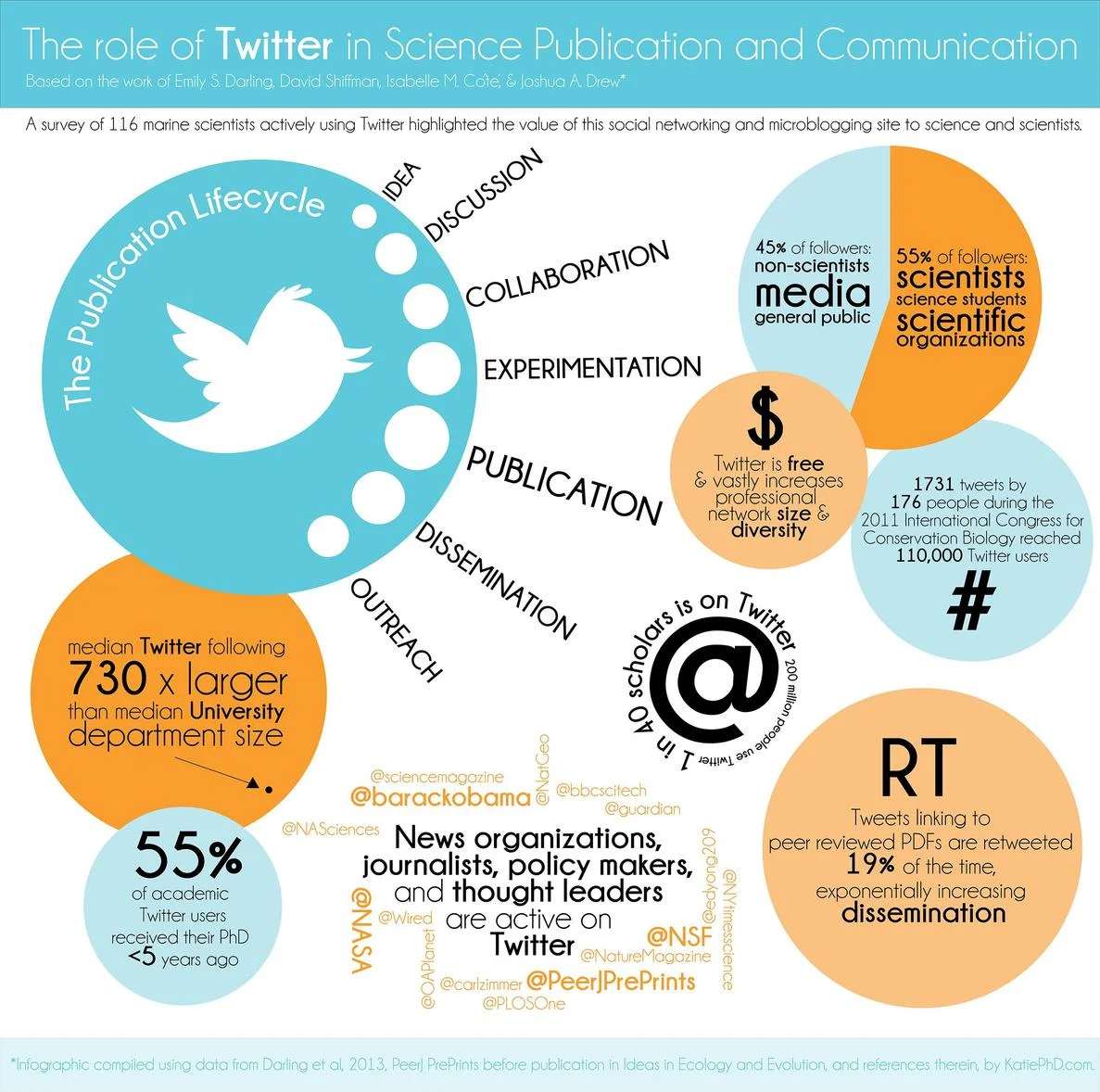I was optimistic about this book. Dr. Boone is a well-known, well-respected presence in the Church of the Nazarene, and I had faith that he would tackle the topic of sexuality in a balanced, researched, and charitable manner. I hoped he would open avenues for conversation and wrestling with the many and varied complexities of sexuality that are deeply personal and deeply formative. I hoped he would challenge the status quo and encourage us toward exploration of what sexuality can look like in a Christian context.
I was disappointed.
Make no mistake, as a left-leaning, queer-ish feminist Nazarene myself, I was under no illusion that this book would be anything radical or new or particularly progressive. I am intimately familiar with the Nazarene mandate to toe the evangelical party line. I’ve long given up on Nazarene leadership being explicitly affirming of any kind of sex besides the straight, married kind. But this was more than trotting out tired and closed-minded clichés about homosexuality (though it was that, too). It constructed a framework of heteronormative sexuality that is ill-informed, one-sided, and, frankly, harmful. It’s the same narrative of white middle-class sexual morality that evangelicals have used for years. And lest I be accused of simply dismissing Dr. Boone as an old-fashioned fuddy-duddy as an unfounded rhetorical device, I’ll point out that he himself opines about the “good old days,” using his personal experience of courting his wife as a righteous foil for the “demise of dating” (51). This wish to go back to the way things used to be is a hallmark of conservatism—one that forgets that the good old days weren’t so good for the majority of people. So while I certainly wasn’t expecting Boone’s work to be a beacon of progressivism, I also wasn’t expecting it to be in line with this brand of backwards conservatism. I was expecting some kind of middle way (something at which the man of “charitable discourse” generally excels) that I could at least work with. That is not what I got.
Additionally, I understand that this book was written “in the language of the pew” (7), for laypeople and not primarily for academics. However, to assume that therefore it need not be well-researched and have its arguments supported by scholars who have been doing the express work of discussing sexualities in a Christian context is insulting and irresponsible. His main sources are Wheaton graduates psychologist Mark Yarhouse and gay celibacy advocate Wesley Hill. There are no queer—even queer Christian—perspectives considered. In fact, the closest we get to actually hearing a gay person’s story is a narrative that’s entirely centered on the gay person’s straight parents and the difficulty they had with his coming out. Boone thereby completely erases the existence of LGBTQ+ Christians.
Human Sexuality is presented as a book that enters into the conversations about sexualities that are taking place in Church and culture today. But it is tone-deaf and unrepresentative and runs from the multi-faceted reality of Christian sexualities rather than engaging them.
Over the next couple of weeks, I will be posting a chapter-by-chapter critique of Dan Boone’s book. I believe there are many details throughout that deserve more careful consideration and discussion, and I hope to offer questions and comments from a different perspective—one critical of Boone’s position, but still Christian. Wesleyan, even. The book claims to be a “conversation starter,” and I’m hoping to broaden this conversation by offering a diverging viewpoint. I welcome your comments as we critically engage this book.
A Table of Contents for this series can be found HERE.
If you're interested in further reading on this subject, check out the bibliography I've compiled (with the help of my excellent scholar-friend, Brandy Daniels) HERE.





